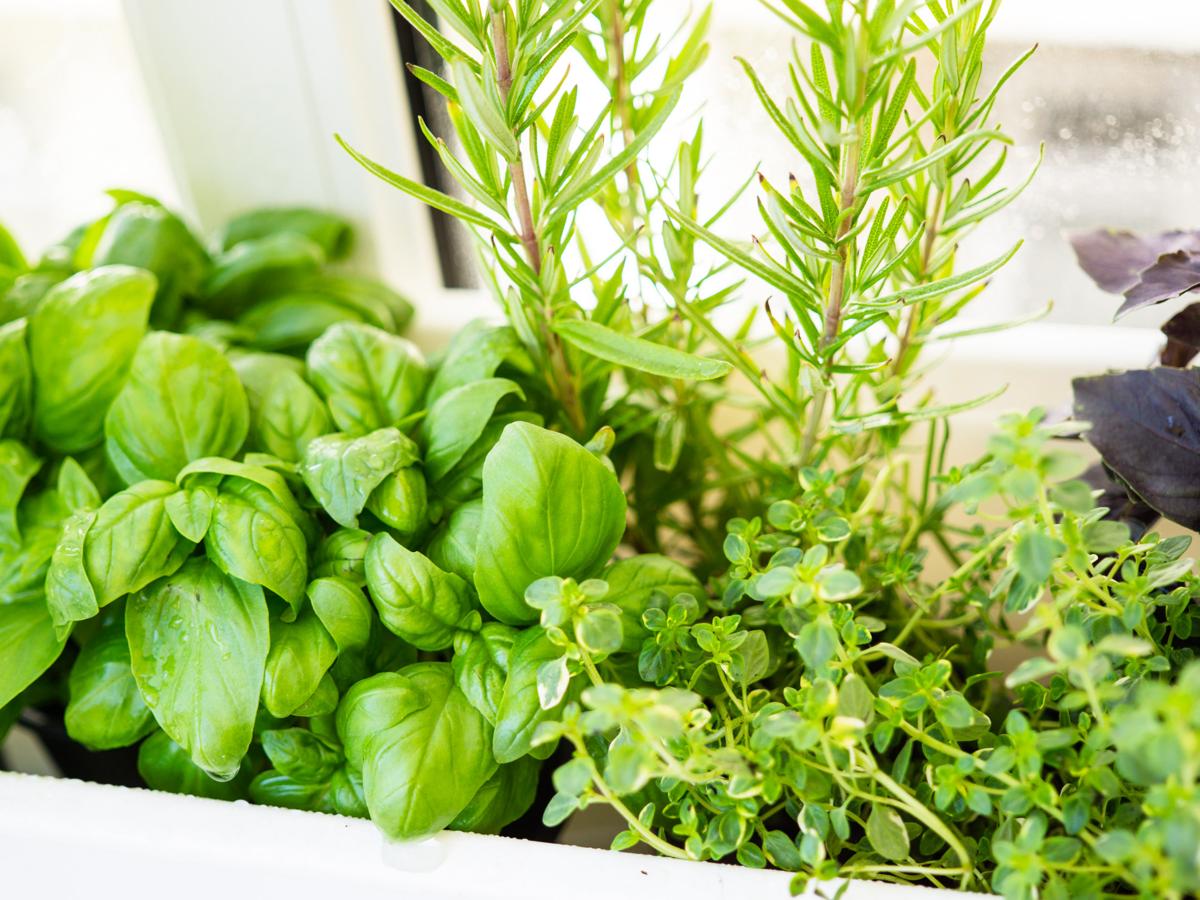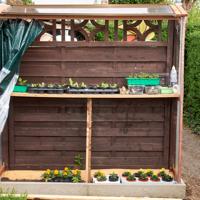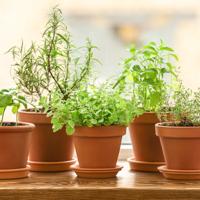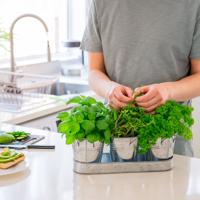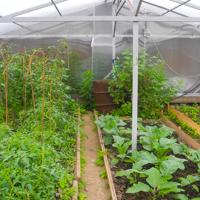Growing herbs indoors is a rewarding endeavor. It provides fresh flavors at your fingertips and adds a touch of greenery to your home. However, caring for indoor herbs can sometimes be tricky. Understanding the balance of light and watering is crucial for keeping your herbs healthy.
Light: Finding the Right Spot
Light is one of the essential needs for indoor herbs. Most herbs thrive in bright, indirect light. However, some specific nuances exist, depending on the type of herb you are growing.
Types of Light
- Direct Light: This is sunlight that shines directly on the plant. While some herbs like rosemary and basil enjoy direct sunlight, too much can be overwhelming, especially during hot seasons.
- Indirect Light: This is sunlight that bounces off another surface before reaching the plant. Many herbs, such as mint and parsley, prefer indirect light. Place them near a window that gets light but isn’t exposed to direct sunrays.
- Artificial Light: If your home lacks enough natural light, consider using grow lights. Full-spectrum LED or fluorescent grow lights mimic natural sunlight and are available in many garden centers.
Real-Life Examples
Basil and rosemary enjoy the sun and would thrive on a south or west-facing windowsill where they get about 6-8 hours of sunlight. On the other hand, parsley and cilantro prefer a little less intensity and might do better on an east-facing window.
Watering: Keeping It Balanced
Watering indoor herbs can sometimes feel like an art form. Too much or too little water can stress the plant, leading to wilting, yellowing leaves, or even rot.
How Often to Water
Herbs generally prefer the soil to be slightly dry between watering sessions. One way to check this is by feeling the soil with your fingers. If the top inch feels dry, it’s usually time to water.
Drainage is Essential
Ensure pots have drainage holes. Water should flow out freely to avoid waterlogging. Using a saucer to catch excess water helps protect furniture but remember to empty it to prevent the roots from sitting in water.
Real-Life Examples
Mint and chives love moisture and may require more frequent watering. However, thyme and sage are more drought-tolerant. You should let the soil dry out a bit more for these herbs before watering again.
Tips for Success
-
Rotate Your Plants: To promote even growth, give your pots a quarter turn every week or so. This practice ensures all sides of your plant receive light evenly.
-
Adjust with Seasons: Light levels change with seasons. You might need to move your plants closer to windows in winter or provide supplemental lighting.
-
Mind the Pot Size: Small pots dry out quicker than larger ones. A small pot might need watering every couple of days, while a larger pot could only need it once a week.
Research & References
Gardening know-how often comes from experience, shared wisdom, and sometimes scientific insights. The following resources offer additional perspectives on indoor herb care:
- The Old Farmer’s Almanac provides useful tips: linky
- For understanding plant light needs, the University of Missouri Extension offers guidance: linky
Cultivating an indoor herb garden is a beautiful journey. By paying attention to the specific needs of each herb, especially regarding light and water, you can enjoy a bountiful and aromatic garden right in your own home. It’s a journey of trial and learning, but soon you’ll find what makes your leafy friends happiest. Happy gardening!
